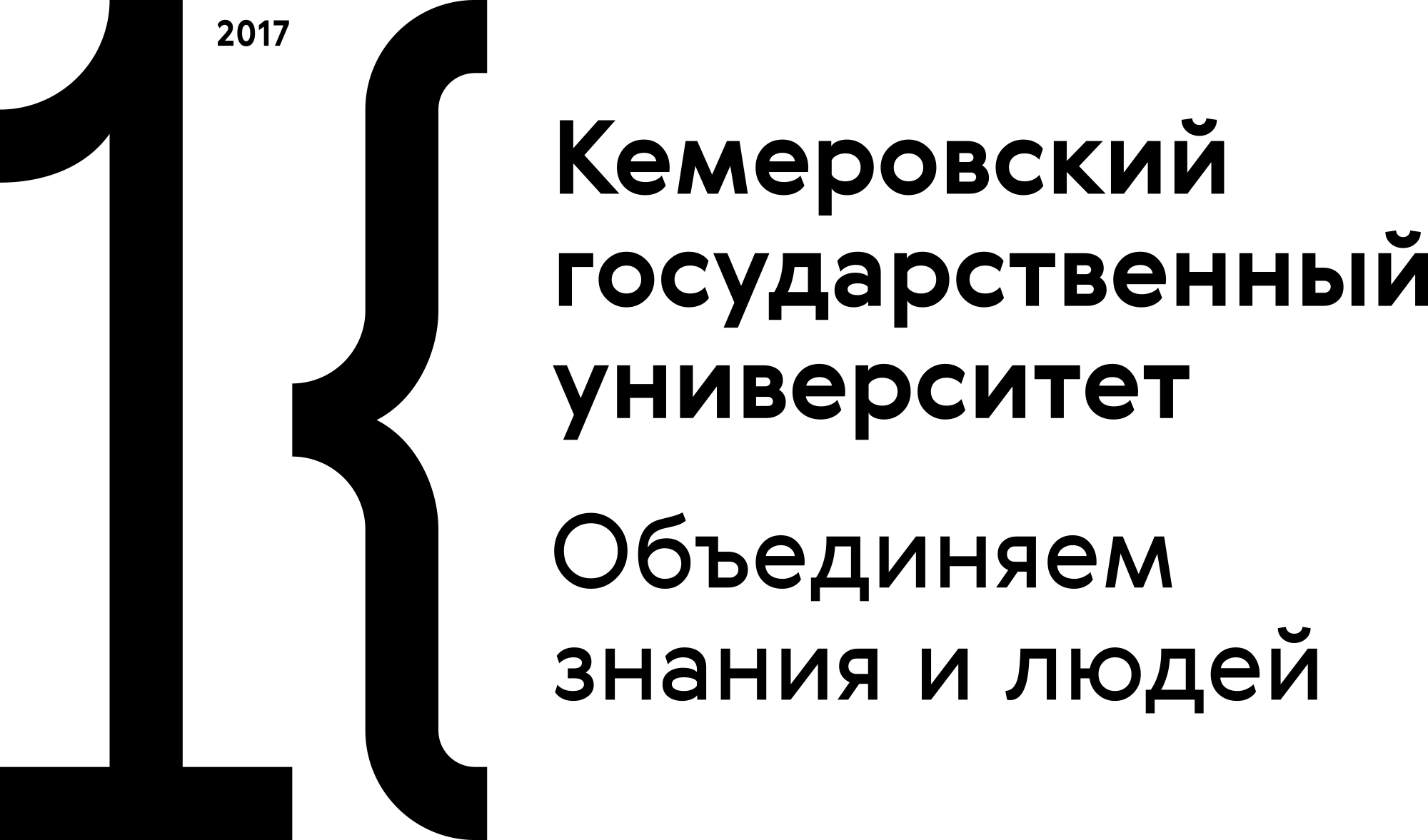Moscow, Russian Federation
Moscow, Russian Federation
Moscow, Russian Federation
Moscow, Russian Federation
Moscow, Moscow, Russian Federation
Traditionally, grain distillates are left to age in oak barrels. This process needs intensification, and this problem remains understudied despite numerous scientific publications. The study expands and clarifies the data on the chemical composition of grain distillates after a long-term contact with oak wood. The research featured samples of 60% immature grain distillate from wheat harvested in 2023 and model solutions prepared from immature grain distillate in industrial oak chips (1.0×0.5 cm, Ecochips, France) subjected to a weak, medium, and strong heat treatment modes and stored in the dark for 7, 14, 21, and 28 days. The study relied on a combination of gas chromatography, chromatography / mass spectrometry, and capillary electrophoresis. The thermal treatment mode and extraction time were variables. The authors developed a set of express methods to define the composition of volatile organic impurities and the ionic composition of grain distillates. Isoamylol, isobutanol, and 1-propanol were the most abundant higher alcohols (≤ 80% total volatile organic impurities). The variation ranges were 1 354.3–1 489.3 mg/dm3 for isoamylol, 235.0–261.9 mg/dm3 for isobutanol, and 119.6–134.9 mg/dm3 for 1-propanol. The Whiskey22 thematic spectral library provided a 90% identification accuracy. The aging affected not only the mass concentrations but also the list of ions. In the model solution with the highest degree of thermal treatment, the maximal concentrations belonged to acetates (67.3 mg/dm3), potassium (4.2 mg/dm3), phosphates (2.9 mg/dm3), lactates (2.4 mg/dm3), and chlorides (2.3 mg/dm3). The optimal ratios and ranges were as follows – isoamylol:isobutanol (5.7–5.9), isobutanol:1-propanol (1.9–2.0), ethyl caprate:ethyl laurate (2.1–2.3), and ethyl caprate:ethyl caprylate (2.9–3.2). The new methods proved effective in determining the chemical composition of grain distillates and can be recommended for commercial production of alcoholic beverages
Grain distillate, chemical composition, oak wood, gas chromatography, chromatography / mass spectrometry, capillary electrophoresis
1. Skurikhin IM. On the chemical processes that occur during aging of cognac spirits in oak barrels. Winemaking and Viticulture of the USSR. 1960;(1):8–15. (In Russ.)
2. Okolo CA, Kilcawley KN, O’Connor C. Recent advances in whiskey analysis for authentication, discrimination, and quality control. Comprehensive Reviews in Food Science and Food Safety. 2023;22(6):4957–4992. https://doi.org/10.1111/1541- 4337.13249
3. Oganesyants LA, Krikunova LN, Dubinina EV, Shvets SD. Evaluation of the fermentation activators use prospects in the technology of cornelian cherries distillates. Polzunovskiy Vestnik. 2020;(3):24–30. (In Russ.) https://doi.org/10.25712/ASTU.2072-8921.2020.03.004
4. Krikunova LN, Dubinina EV, Peschanskaya VA, Obodeeva ON. Acidification in distillation technology. Food Processing: Techniques and Technology. 2022;52(4):694–705. (In Russ.) https://doi.org/10.21603/2074-9414-2022-4-2399
5. Lutkov IP, Yermolin DV. Typical properties of beverages with different ethanol content: A comparative analysis. Food Processing: Techniques and Technology. 2023;53(2):404–414. (In Russ.) https://doi.org/10.21603/2074-9414-2023-2-2444
6. Carpena M, Pereira AG, Prieto MA, Simal-Gandara J. Wine aging technology: Fundamental role of wood barrels. Foods. 2020;9(9):1160. https://doi.org/10.3390/foods9091160
7. Tarko T, Krankowski F, Duda-Chodak A. The impact of compounds extracted from wood on the quality of alcoholic beverages. Molecules. 2023;28(2):620. https://doi.org/10.3390/molecules28020620
8. Flamini R, Panighel A, De Marchi F. Mass spectrometry in the study of wood compounds released in the barrel-aged wine and spirits. Mass Spectrometry Reviews. 2023;42(4):1174–1220. https://doi.org/10.1002/mas.21754
9. Krikunova LN, Dubinina EV, Sviridov DA, Tomgorova SM. Assessment-based optimization of distillation parameters. Food Processing: Techniques and Technology. 2023;53(2):326–334. (In Russ.) https://doi.org/10.21603/2074- 9414-2023-2-2437
10. Rimareva LV, Serba EM, Overchenko MB, Shelekhova NV, Ignatova NI, et al. Enzyme complexes for activating yeast generation and ethanol fermentation. Foods and Raw Materials. 2022;10(1):127–136. https://doi.org/10.21603/2308-4057-20
11. Verges VL, Gollihue JW, Joyce GE, DeBolt S. Lab-scale methodology for new-make bourbon whiskey production. Foods. 2023;12(3):457. https://doi.org/10.3390/ foods12030457
12. Aylott R, MacKenzie WM. Analytical strategies to confirm the generic authenticity of scotch whisky. Journal of Institute of Brewery. 2010;116:215–229. https://doi.org/10.1002/j.2050-0416.2010.tb00424.x
13. Cody RB, Fukudome T, Ubukata M. Integrated data analysis making use of the total information from gas chromatography and high-resolution time-of-flight mass spectrometry to identify qualitative differences between two whisky samples. Rapid Communications in Mass Spectrometry. 2022;36(3):9225. https://doi.org/10.1002/rcm.9225
14. Gnilomedova NV, Anikina NS, Kolesnov AYu. A review of methodological approaches to authenticating the geographical origin of wines. Food Processing: Techniques and Technology. 2023;53(2):231–246. (In Russ.) https://doi.org/10.21603/2074-9414-2023-2-2429
15. Cook GT, Dunbar E, Tripney BG, FabeI D. Using carbon isotopes to fight the rise in fraudulent whisky. Radiocarbon. 2020;62(1):51–62. https://doi.org/10.1017/RDC.2019.153
16. Lutkov IP, Makarov AS, Shmigelskaya NA. Quality assessment of young sparkling wines of Crimean indigenous grape varieties. Food Processing: Techniques and Technology. 2024;54(1):1–17. (In Russ.) https://doi.org/10.21603/2074-9414-2024-1-2483
17. Sheludko ON, Prakh AV, Chemisova LE, Bakhmetov RN. Effect of wine and grape spirits from table grape varieties on sensory profile of grape beverages. Food Processing: Techniques and Technology. 2024;54(1):18–26. (In Russ.) https:// doi.org/10.21603/2074-9414-2024-1-2484
18. Li J, Zhang Q, Sun B. Chinese baijiu and whisky: Research reservoirs for flavor and functional food. Foods. 2023; 12(15):2841. https://doi.org/10.3390/foods12152841
19. Ashmore PL, DuBois A, Tomasino E, Harbertson JF, Collins TS. Impact of dilution on whisky aroma: A sensory and volatile composition analysis. Foods. 2023;12(6):1276. https://doi.org/10.3390/foods12061276
20. Guerrero-Chanivet M, Valcárcel-Muñoz MJ, García-Moreno MV, Guillén-Sánchez DA. Characterization of the aromatic and phenolic profile of five different wood chips used for ageing spirits and wines. Foods. 2020;9(11):1613. https:// doi.org/10.3390/foods9111613
21. Shelekhova NV. Express method for the determination of anions in alcoholic beverages based on the CE-CD combination. Sorption and Chromatography Processes. 2023;23(2):199–215. (In Russ.) https://doi.org/10.17308/sorpchrom.2023.23/11144
22. Shelekhova NV. Express method to determine volatile organic impuritiesin alcoholic distilled beverages basedon a combination of GC/FID and GC/MSD. Sorption and Chromatography Processes. 2022;22(1):58–68. (In Russ.) https://doi.org/https://doi.org/10.17308/sorpchrom.2022.22/9021
23. Pisarnitsky AF. Flavoring agents in wines and cognacs. Dr. Sci. Biol. Diss. Moscow, 1980. 364 p. (In Russ.)
24. Karyakin AV, Petrosyan TsL, Dzhanpoladyan LM. Mineral composition of wood in cognac barrels. Winemaking and Viticulture of the USSR. 1972;(4):23–24. (In Russ.)











